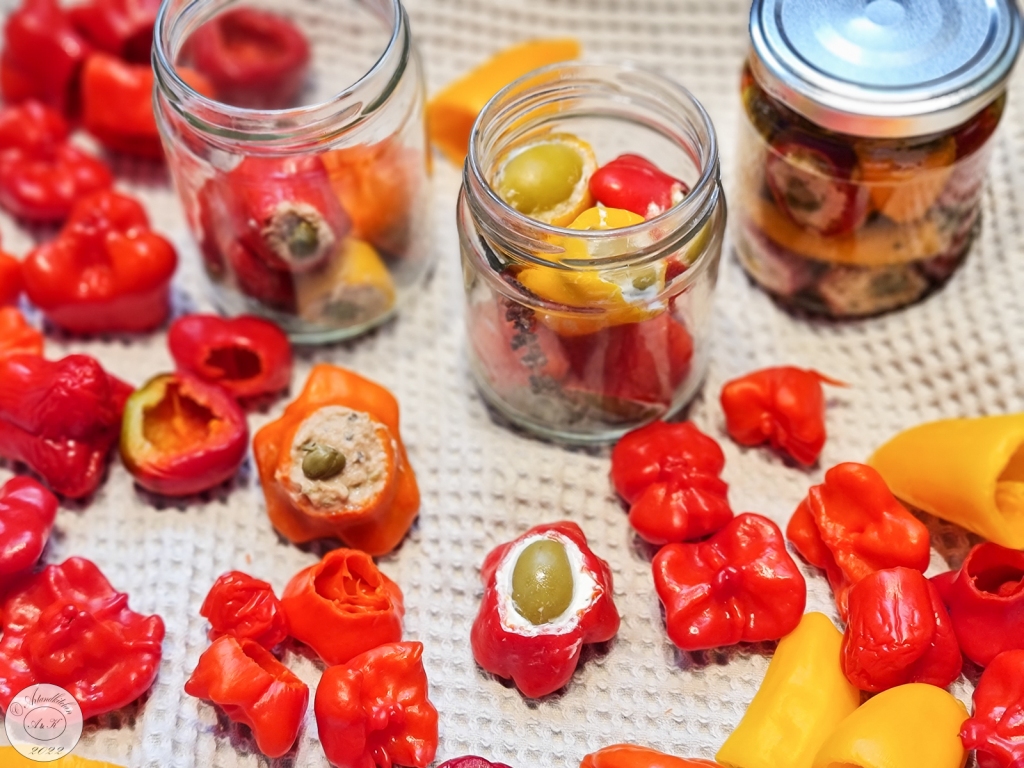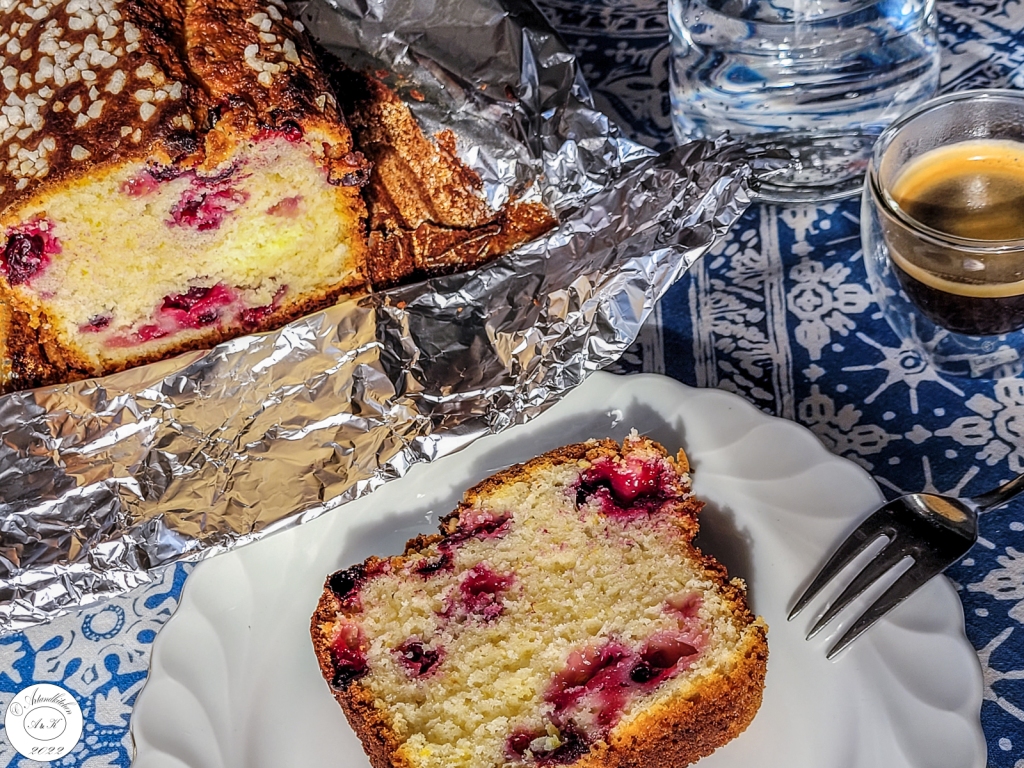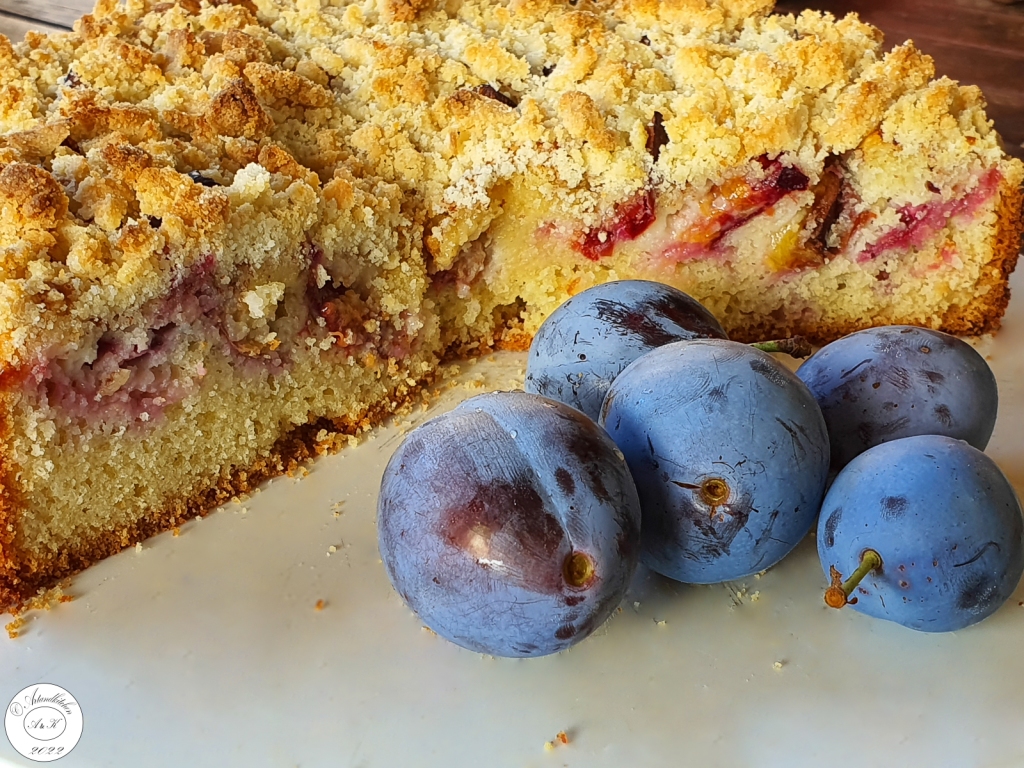This year we will have a lot of pumpkins and I’m looking for to try some new recipes. A few days ago I made ravioli with them, yesterday lasagne. It was a great success and I will make these again for sure!
I was reading a lot of recipes about pumpkin lasagne and finally I created a new recipe, combining the ideas in different ones.
As usually I made lasagne with homemade paste simply because it taste better and with kitchen machines, this is not a big work. It’s pretty easy to make homemade lasagne sheet, with or without machines, but with a food processor with dough hook for kneading and pasta machine for rolling out we can save a lot of time.
There is really a big difference in the taste of homemade pasta and store bought, even if the latter is fresh!
In the recipe preparation I do not describe my steps for the pasta preparation, as this depends on how you are used to work and my procedure is simply “my way”.
“My way for lasagne sheets”:
First of all I prepare the dough with the kneading machine and I let this rest for about an hour. Then I knead it by hand shortly to a smooth ball. For rolling it out I take a slice of the dough, I add a lot of flour on both sides and I shape it to rectangle by hand. I roll it out with the thickest setting of the machine and I add more flour on both sides again. Now, if the dough was really well kneaded and got enough time to rest, you may roll it out to the thinnest setting. If not (it may also depends on the flour itself, maybe you have to fold the sheet and pass them though again after coating it again with flour) make and intermediate setting with a medium thickness. To save space and I time, I cut the sheet to desired size, I boil it immediately in salted water and after taking it out of the hot water I brush it with cold water shortly in order to avoid burnings, I place it directly into your baking tray for layering (I don’t precook all sheets first, I really make and boil the when I use them. I found this easier to me and space saving.
I’m used to precook the fresh lasagne sheets, but you can also skip this step and in this case the sauce needs to be a little more liquid (milk).
Lasagne di Zucca – Pumpkin Lasagne
Ingredients
Dough
- 500 g flour
- 5 eggs
- ½ teaspoon salt
- 2 tablespoons olive oil
Pumpkin filling
- 2-4 tablespoons olive oil
- 2 onions, diced
- 50 g dried and smoked beef or dried and smoked ham (quantity to taste), finely diced
- 800 g pumpkin, without seeds, if needed peeled and diced to 1 cm sized pieces
- 1 fresh spring rosemary
- 1 fresh spring thyme (or savoury)
- Salt and pepper to taste
Béchamel sauce
- 800 ml milk
- 80 g butter
- 5 tablespoons flour
- Salt and pepper to taste
- Nutmeg, to taste
Additional
- 100 g Parmesan chess, grated
- 100 g provolone or caciocavallo (kashkaval) cheese, diced
- More cheese if necessary
- Oil for coating the try
- Butter or olive oil (optional)
- 4 tablespoons milk (optional)
Preparation
- To make the pasta dough with the kneading machine (as I do): Add all the ingredients to the bowl and while working add (if necessary) little water (only a few spoon!) until the dough comes together! To kame the pasta dough by hand: combine flour and salt on the kitchen board or table, make a hole into the centre. Whisk eggs and olive oil in a small bowl and add it gradually in the centre of the flour mixture while mixing with fork or fingertips to form ball of dough. For this step start to incorporate the eggs and flour by slowly bringing more flour in from the inside edges of the well. You can use a fork or scraper for this. If necessary add a few spoons of water. Place dough on lightly floured surface; flatten slightly. To knead dough, fold dough in half toward you and press dough away from you with heels of hands. Give dough a quarter turn and continue folding, pushing, and turning. Continue kneading 5 minutes or until smooth and elastic, adding more flour to prevent sticking if necessary.
- Roll the dough into a ball and wrap it in cling film and let it sit for about 30 minutes, best if 1 hour. In the meantime prepare the fillings.
- Make the pumpkin layer: in a wide skillet, brown onions with dried meat. Add diced pumpkin, herbs salt and pepper to taste. Cook covered but stirring from time to time until just tender. Remove herbs spring and set aside
- Make the béchamel sauce: Warm the milk in a separate saucepan or in the microwave until warm to the touch and set aside. (Take care to have this ready). Melt the butter in a pot over medium heat, add the flour and roast (while stirring constantly) the flour until you see that it begins to change the colour. Reduce the heat to minimum. Add the milk at once (this is very important) and stir immediately in order to avoid clumps. Whisk vigorously until smooth! Cook while stirring until thickened. Switch off the heat. Now can add salt, pepper and nutmeg, adjust quantity to taste
- Make sure you have both kind of cheese ready.
- Rework the pasta dough: Unwrap dough and knead briefly on lightly floured surface folding the dough in half toward you and press dough away from you with heels of hands (repeat 3-4 times, it should not be sticky (if necessary repeat adding more flour on the working surface). Set aside.
- To make pasta sheets: Cut a slice of dough (cover the rest with the film), add flour on both sides and pass it though the pasta (widest thickens), add more flour again on both sides and pass it through again with a thinner setting, repeat until desired thickness. If you do not use a pasta machine, roll out the slice by Boil it immediately in salted water with addition of some oil (and use them directly for layering) or transfer the ready sheets to a drying rack or floured towels until you have all done.
- Assembling: First of all I add 1 tablespoon olive oil just to coat the tray and I spread about 2 tablespoons of béchamel sauce. Lay one layer pasta sheets (precooked or not). Then follow: béchamel, pasta sheets, pumpkin mix, both kind of cheese, pasta sheets, béchamel, pasta, pumpkin mix, cheese, pasta, pumpkin mix cheese… Take care to adjust quantities while working, grating more cheese if necessary and to finish with a pumpkin and cheese layer. Some people love to add some butter, olive oil and or milk to the top layer.
- Bake at 150°C for about 30 minutes. Then increase temperature to 180°C and bake until a golden brown crust is formed.
- For easier cutting let cool down 15 before cutting. Enjoy!
Autor: https://artandkitchen.wordpress.com/




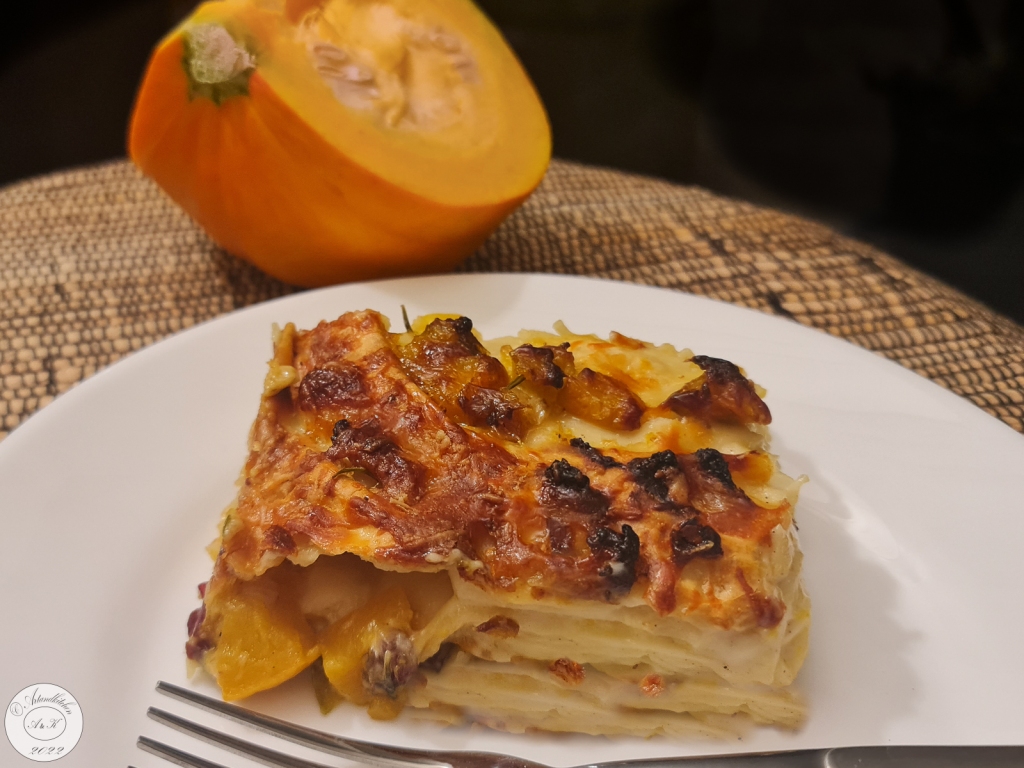
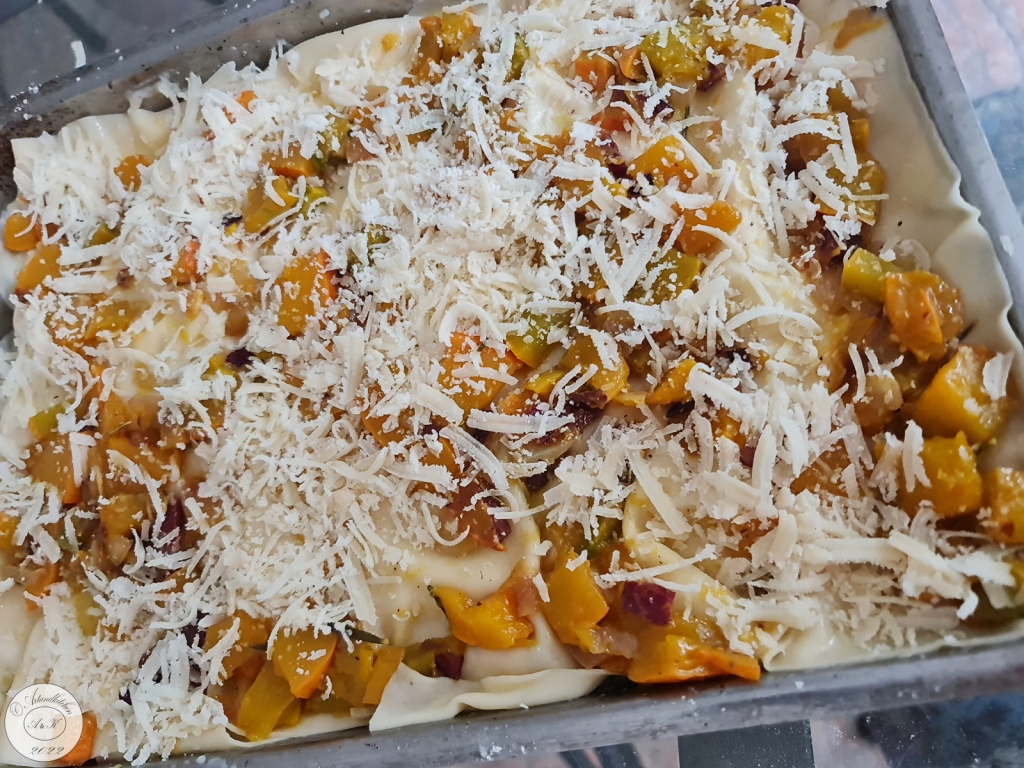

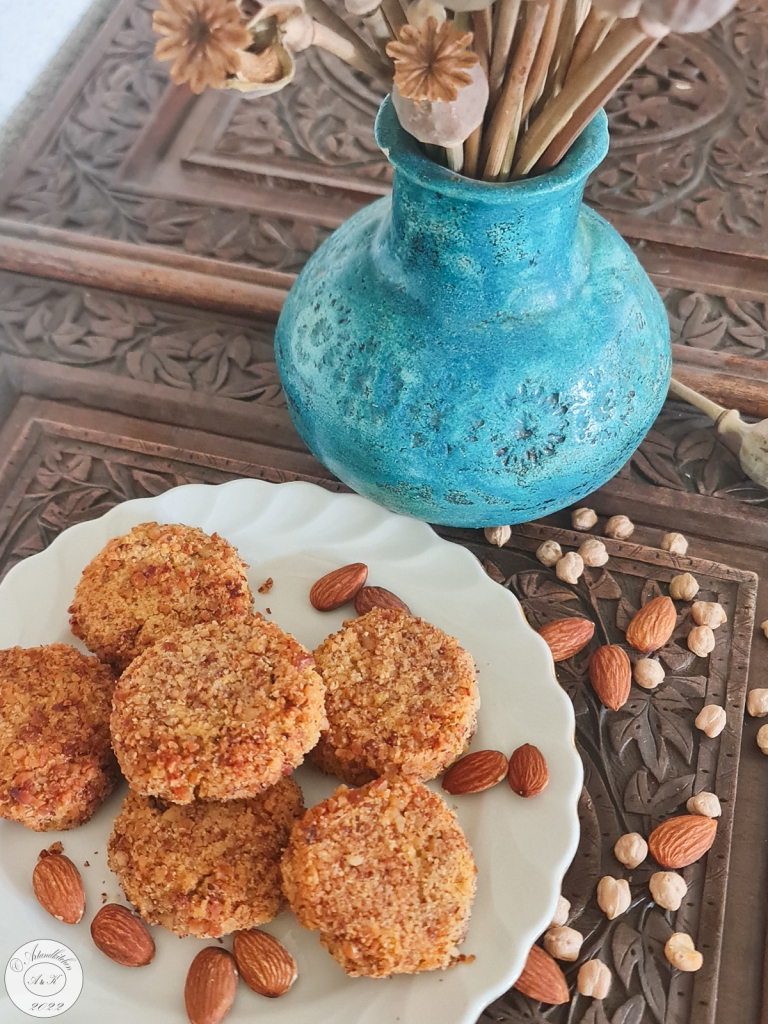


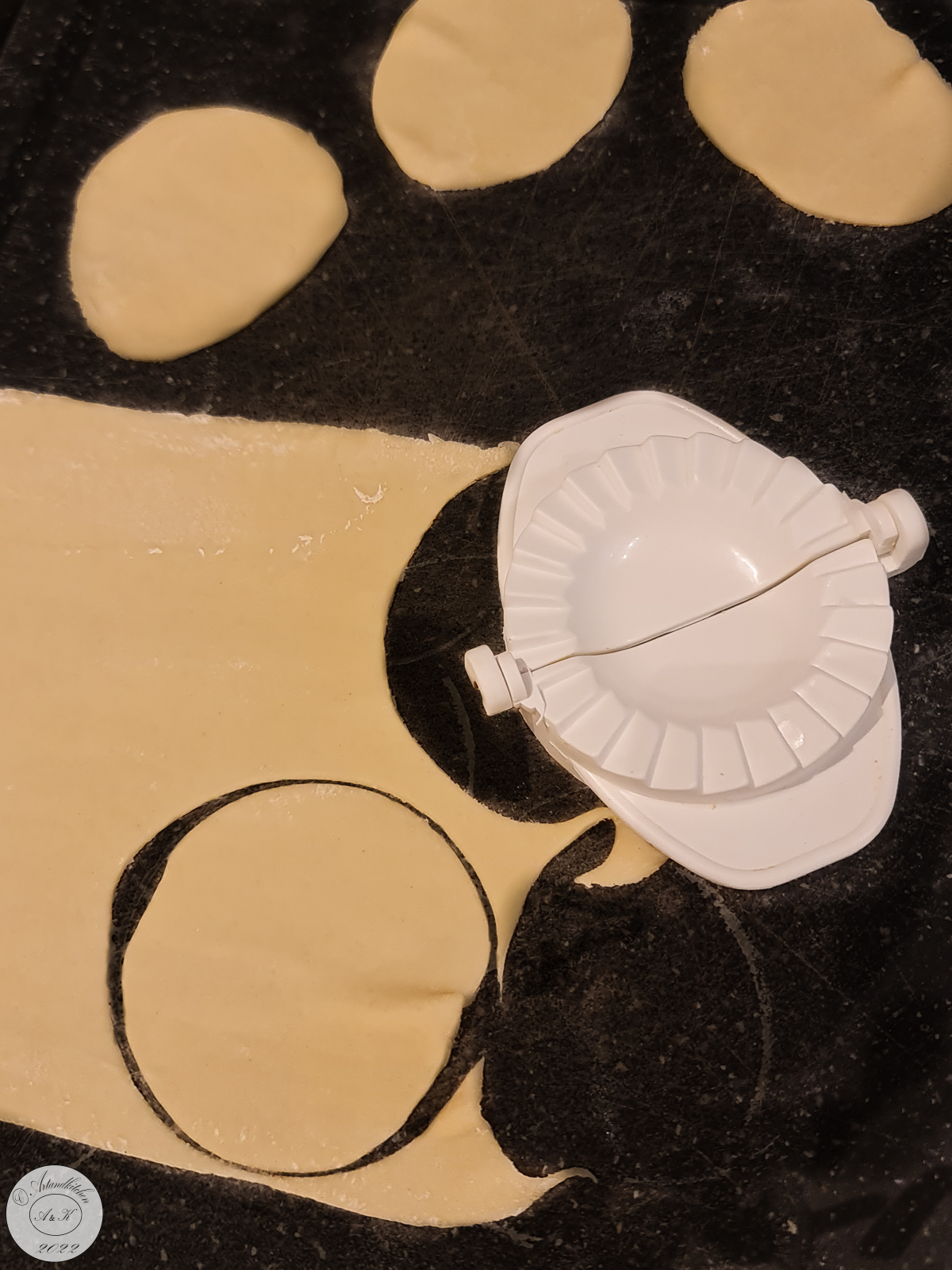
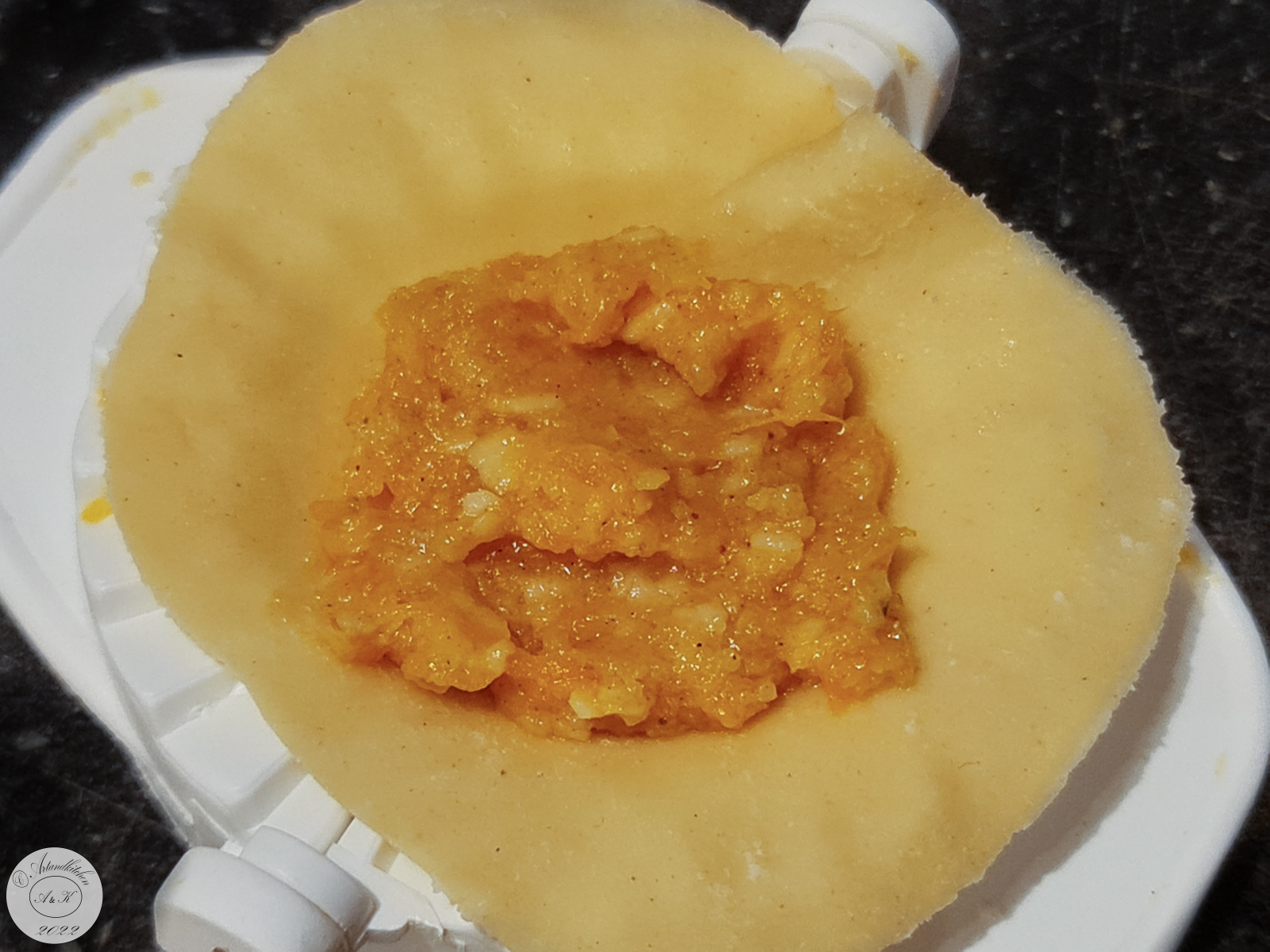

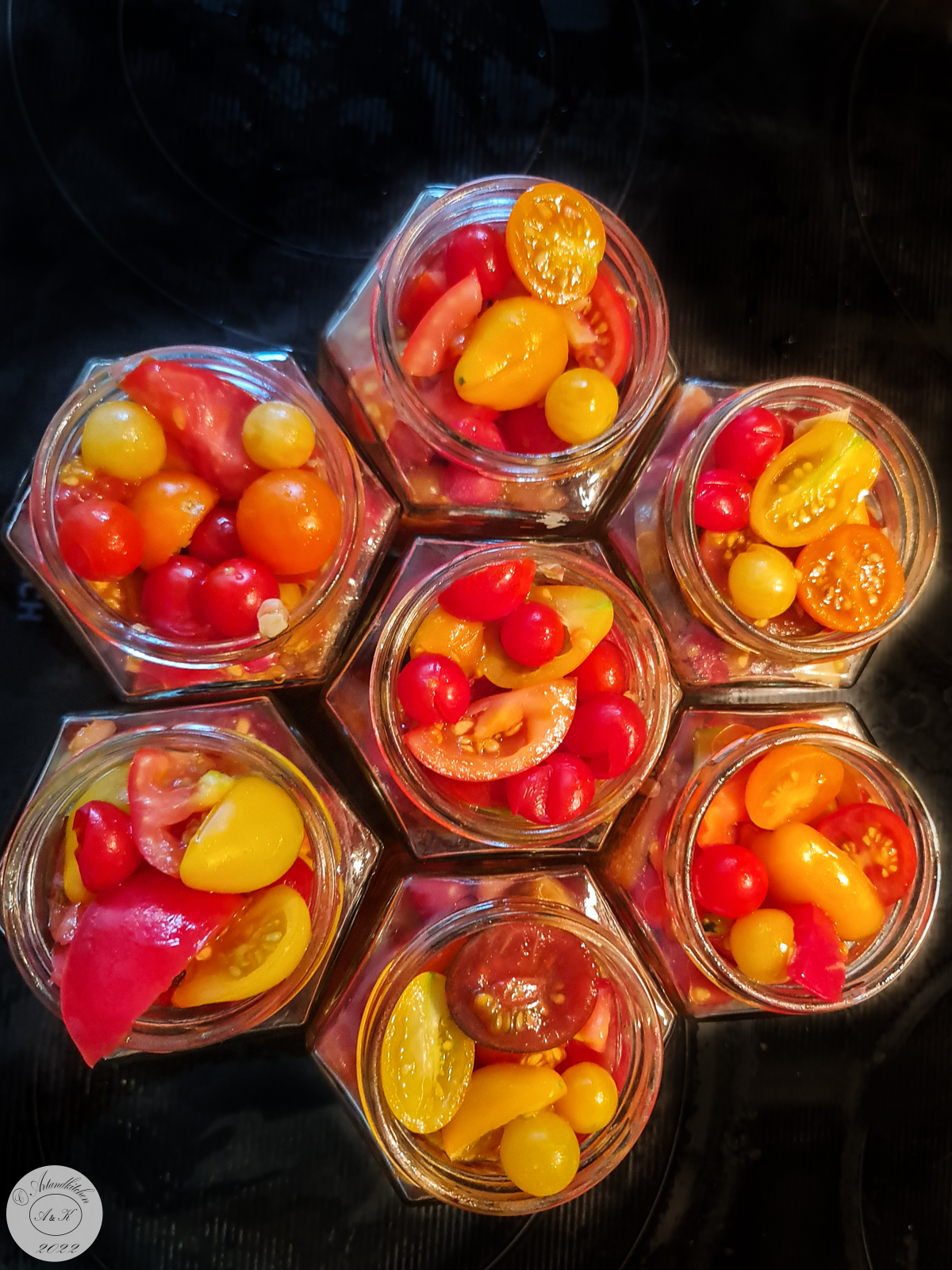 All quantity to taste and according to your harvest J
All quantity to taste and according to your harvest J
